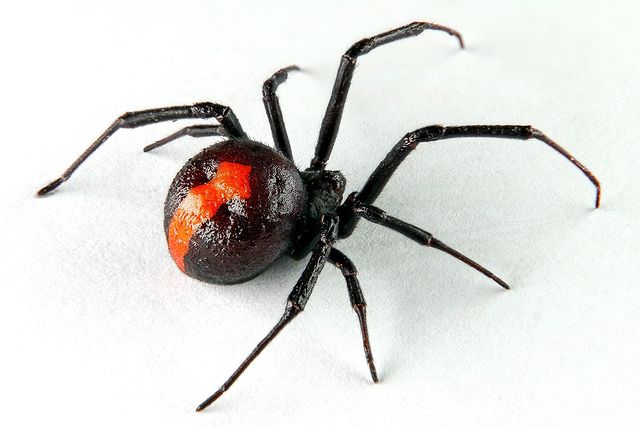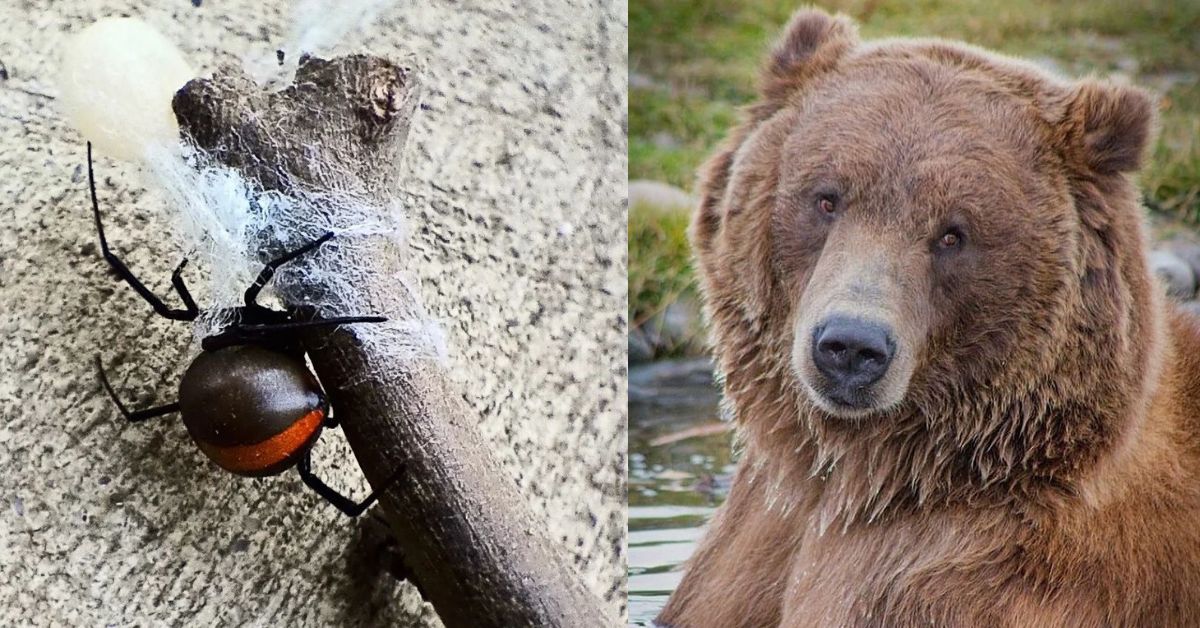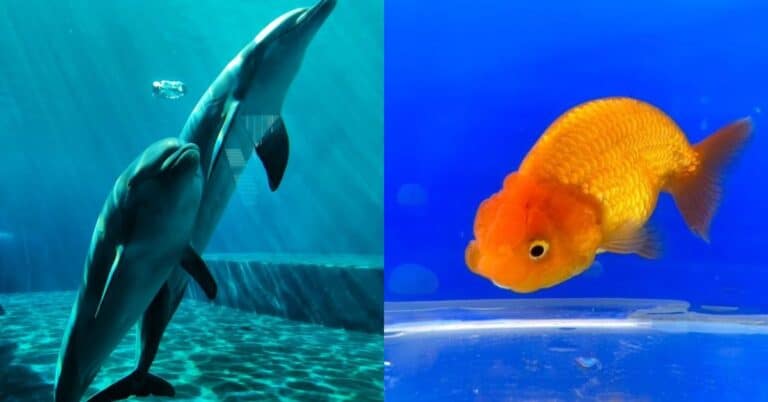5 Dangerous Animals in Japan That Make Your Heart Skip A Beat
Everyone agrees that the island nation of Japan is most widely recognized for its cherry blossoms, technological advancements, and deep-rooted traditions. But have you ever wondered what the Land of the Rising Sun hides in its darkest and most mysterious depths?
Over its 400,000 square kilometers, Japan features some of the most diverse landscapes in the world, including volcanoes, waterfalls, deep valleys, and bamboo forests. Therefore, you might even come across some horrific creatures if you have enough courage to venture further into the nation!
So, if you consider yourself a thrill seeker who’s ready to take risks and have fun in Japan, keep reading. We’re about to explore the most dangerous animals in Japan!
5 Most Dangerous Animals In Japan
1. Bears

The Ussuri brown bear, often referred to as the Ezo brown bear, is a species of grizzly bear that is indigenous to Hokkaido in northern Japan and is regarded as the deadliest animal. It is considered the most powerful bear, weighing between 880 and 1,210 pounds and reaching anywhere from 6 to 9 feet in height.
Even though bears are considered dangerous animals, many locals tend to engage in bear hunting. Surprisingly, it’s especially appealing for gambling enthusiasts, who often perceive the thrills received from bear hunting as similar to those received from online gaming. Therefore, both of these leisure activities create an experience that evokes both dread and excitement.
While there are only about 90 to 150 brown bears left in the West Ishikari region of Hokkaido and 80 to 135 in the Teshio-Mashike mountains, Asian black bears are found all over Honshu and the Shikoku Islands and have a reputation for being particularly violent toward people.
2. Murder Hornets

Even though bears are considered the strongest and most dangerous animals in Japan, with devastating stings that may kill even those who are not allergic, murder hornets are significantly more hazardous, causing 30 to 50 fatalities annually.
The wingspan of a murder hornet can measure up to 8 cm, but its average length is about 4-5 cm. They are widespread in rural regions of Japan and may travel at speeds of up to 40 km/h.
Each year, hornets are primarily responsible for 60 fatalities and over 220,000 appointments to emergency departments. Though the majority of fatalities are caused by allergic responses, murder hornets are considered to be liable for 30 to 50 of those deaths in Japan alone.
3. Snakes

Snakes are among the deadliest and most venomous creatures on earth, with some of these reptiles containing sufficient venom to kill 100 individuals.
Japanese pit vipers, tiger keel-back snakes, and the extremely poisonous Okinawan habu are the three most dangerous animals in Japan. The cytotoxic and hemorrhage elements in the venom of the Okinawan habu destroy red blood cells, have a necrotizing effect on tissue, and increase the risk of infection. Although there are several antidotes in Japan, the habu’s venom can permanently damage its victims.
4. Redback spiders

Although they are closely related to the famous black widow spider, redbacks set themselves apart by sporting a red ventral stripe and an hourglass-shaped underbelly pattern. Although they are native to Oceania as well, they have spread far across Southeast Asia.
Male redback spiders are much smaller, measuring only 5 mm in length compared to the females’ average length of 15 mm. Both have bulbous abdomens and are black or dark brown in hue, however, the males are not able to wound people since their fangs are too short to penetrate skin. Similar to black widows, redback females are renowned for eating their male counterparts after mating, which is referred to as sexual cannibalism.
5. Pufferfish

Pufferfish are particularly harmful to humans when eaten, which may appear simple to avoid. The fact that pufferfish are truly a delicacy in multiple regions of Japan, despite the paralyzing venom that their bodies hold, makes them considerably scary to visitors to the nation.
Fugu, or simply pufferfish meat, is frequently offered in premium sushi establishments in areas like Obama, and Fukui in central Japan. To prepare and serve fugu to the public, fugu chefs must possess a license that typically requires four to 6 years of experience. When fugu is cut improperly and consumed, the tetrodotoxin can swiftly paralyze the body, causing asphyxiation and eventual death.
Around 50 people in Japan experience fugu poisoning each year since there is presently no antidote accessible anywhere on the globe. When swimming in the sea, you should also stay away from pufferfish. If you come into contact with their spines, which contain tetrodotoxin, it may enter your bloodstream. You should never handle a puffer fish with bare hands since even calm puffer fish contain a poisonous substance on the outside of their bodies.
Final Thoughts
All in all, Japan is home to a broad variety of dangerous animals, each of which stands out owing to its unique characteristics. Even though coming into contact with these dangerous animals might be thrilling, it is essential to put safety first.
To ensure a fascinating yet secure wildlife experience, keep in mind to approach such interactions with caution, respect the animals’ space, and adhere to professional guidance.

Having discovered a fondness for insects while pursuing her degree in Biology, Randi Jones was quite bugged to know that people usually dismissed these little creatures as “creepy-crawlies”.







